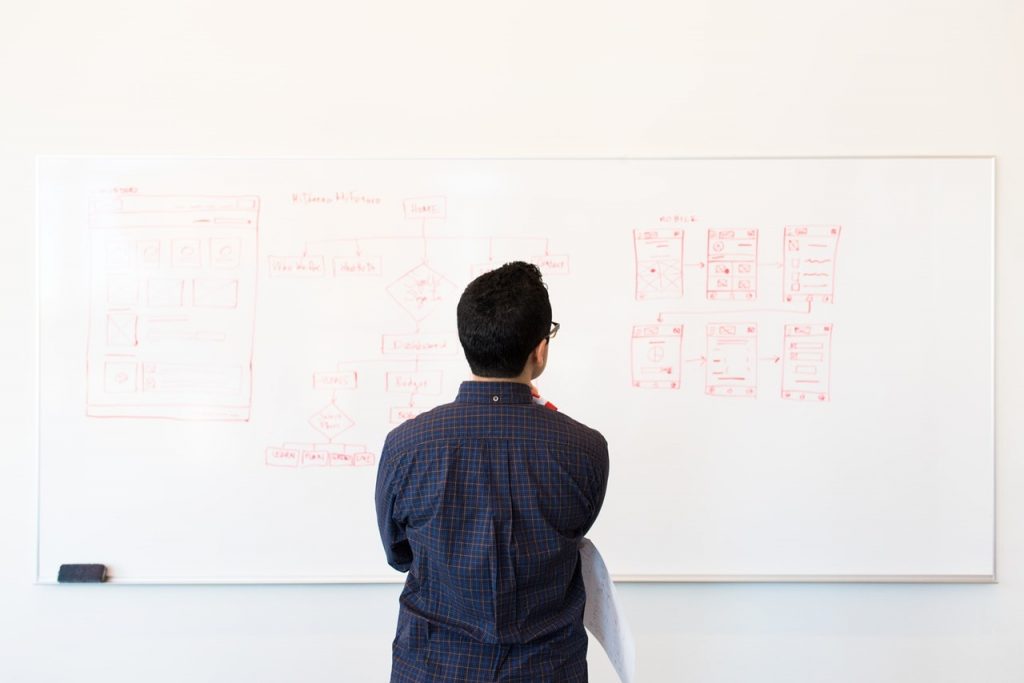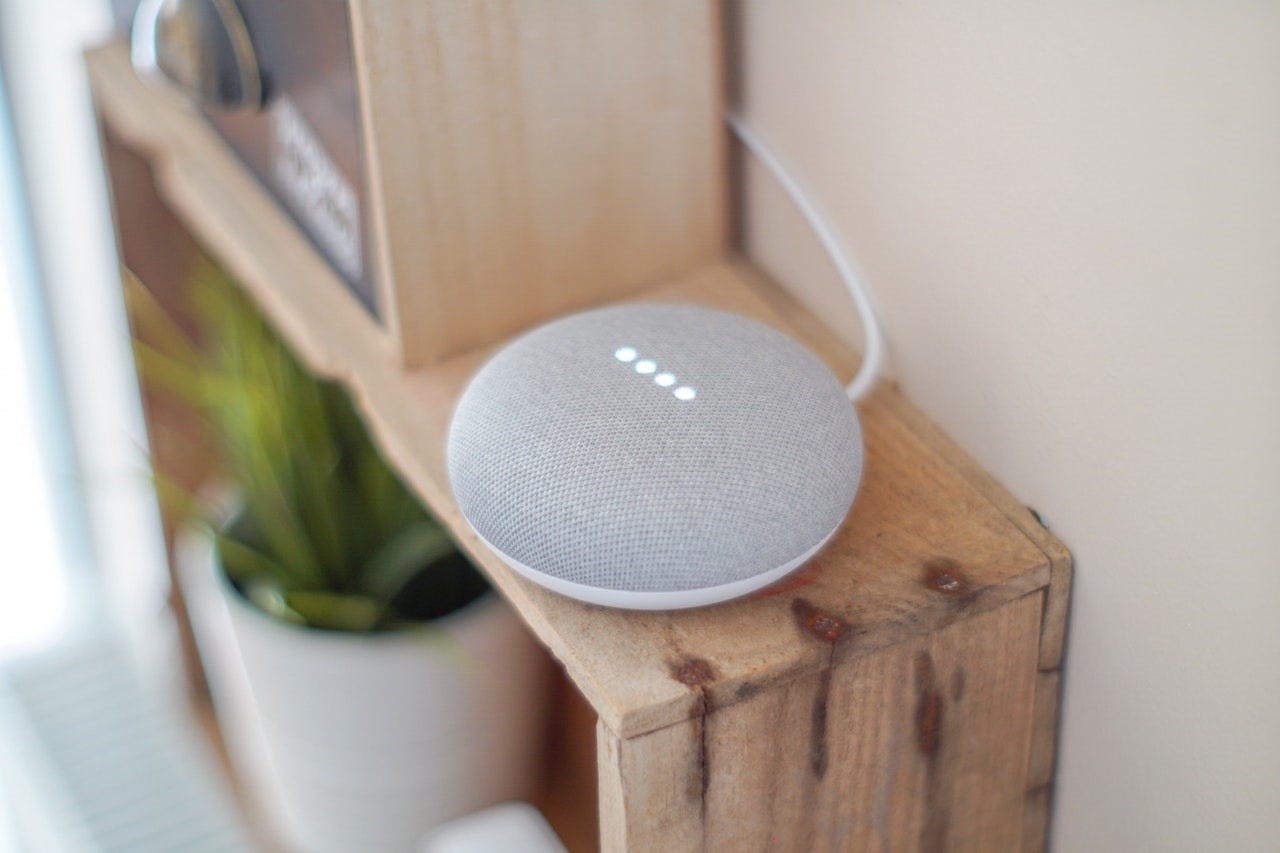


Meet the faces behind YellowDog, and get to know us a little better! We managed to pull Ben away from his whiteboard and keyboard for five minutes to learn more about him and his work…
I’m the Software Architect: responsible for designing the software.
I work mainly with Alan and Simon, our director of engineering and CTO. Then there’s Richard, our software automation engineer, who makes sure that what we’re designing all fits together. I sense check a lot with Niall, who is the product manager for our Financial Services.
The role of a software architect is an exciting one, with lots of interesting challenges. This shows no sign of abating any time soon because I am designing and building at the same time. When YellowDog were looking to fill this role, and when I was first interviewed, it was clear that it would be suited to someone who was comfortable with being hands-on.
I’m always trying to get a high-level view. I need to see what’s going on so that I can understand the way that lots of different design components fit and work together. Being hands-on is like being in a hot-air balloon, then mooring it with a rope and an anchor; if you cut the rope, and you’re not hands-on, the balloon drifts and what you’re designing has less and less relevance to the actual components that are being built.
Distributed and parallel computing. When I studied for my degree, they didn’t do a parallel computing course, but I was so interested in learning about it that I decided to research it for my dissertation. I went and got all the major textbooks I could find on the subject and taught myself.
YellowDog is effectively building a massive, globally distributed, super-computer. It doesn’t really get more exciting than that. It’s pretty awesome stuff. We’re at the forefront of the future of computing, where computational power is becoming a resource in the same way as electricity or water. It’s brilliant. It really is.
Empowerment. Working for a small but rapidly growing company makes it a lot easier to communicate with people and get things done. I find it very motivating that I can make an impact quickly.
It can be a double-edged sword; because you often find yourself with a lot of responsibility very quickly. For me though, the burden of pressure is overshadowed by the freedom of being a software architect – of being a designer. It’s a very creative process. You’re stepping in to the void to create something and you can’t help but be enthused by the prospect of that.
Bringing people together to problem-solve as frequently as we would like. I could spend hours with a group brainstorming. I thrive on that type of environment. But because we’re all so busy that’s not always possible. Consequently, we make extensive use of online collaboration tools. The tools don’t just make it easier when the team is not co-located, they also provide asynchronous collaboration that allows us to pick up each other’s work and to feedback when we can.
There are also technical challenges. We’re building something that will behave predictably but is built on top of very different cloud platforms such as Oracle, Amazon and Microsoft amongst others. Our job is to build something that is easy to use and performs well – it’s a massive technical challenge but one that we’re meeting head-on.

I work from home quite a bit. After the school run, I’ll usually be building systems, producing documentation or joining remote meetings.
I use a whiteboard in my study room extensively to draft and redraft designs. When I’m happy with a design I start producing something concrete in code. In future, my days will probably be more documentation focused. If I’m in the office, time is spent focussed on quality collaboration and meetings.
The next version of the YellowDog platform. The platform is deeply integrated with rendering in media and entertainment. I was brought in to help to take that technology and make it cross-domain or cross-industry. The new platform makes the automated management and optimisation of performance across multi-cloud better – regardless of customer or industry.
Mainly whiteboards, and design tools like Visio and Enterprise Architect. Also, technical tools such as IntelliJ and Docker.
Docker is a scalable way of working. When you build a piece of software, as part of your compilation process you turn it into a docker image. It’s a nice encapsulated way to package up a piece of work. Kubernetes is used to manage multiple docker images together.
I love whiteboards the most because they help me to express my creativity. I enjoy being creative but I don’t find motivation in designing software that won’t be used. I guess I seek the combination of creating something new but also engineering something that performs an important task.

I have a smart home, and I’m always tinkering. It drives my wife mad.
For example, I have integrated my music system with Google Home so I can control my music library with voice commands. I use a mixture of off-the-shelf components with elements I’ve developed, which can get frustrating when something doesn’t work and you don’t have the source code to fix it. I keep threatening to rebuild the whole system from scratch…maybe when I retire!
Yes. But there’s a future far more exciting beyond that, a branch of computing called Pervasive computing or Ubiquitous computing.
When I began my PhD, I came across Mark Weiser. Twenty years before I started my PhD, Weiser had all of my ideas, and more…and had done them better. That was humbling.
He suggested that computing will become so small and so ubiquitous that it disappears into our environment. We have some way to go – we all walk around with tiny little black screens in our hand still for example. But smart homes are taking that to a new level; they are exciting not because my shower will turn on when I wave my hand; but because it’s the beginning of the merge between the digital and the physical world. Aside from it being technically interesting, I also think it is, importantly, fun.
You can stay up to date with the YellowDog team through the YellowDog LinkedIn Page
 Please upgrade your browser
Please upgrade your browser
You are seeing this because you are using a browser that is not supported. The YellowDog website is built using modern technology and standards. We recommend upgrading your browser with one of the following to properly view our website:
Windows MacPlease note that this is not an exhaustive list of browsers. We also do not intend to recommend a particular manufacturer's browser over another's; only to suggest upgrading to a browser version that is compliant with current standards to give you the best and most secure browsing experience.